Next Generation Science Standards can come to life through read alouds. Bring reading into your science lessons and help your students build a mental picture of tough science concepts through the art of illustration and narrative text with these titles aligned to Next Generation Science Standards. Extend the lesson beyond the text with outside links found in the title’s Teacher Resources* geared toward the student audience. Don’t think this post is just for the younger audience; use these beautiful titles to engage upper-elementary, middle school and even high school students before starting a related unit.
Processes That Shape the Earth
Water Can Be… by Laura Purdie Salas (Grades K-2, Level L, Lexile AD180) ![]()
Find out about the many roles water plays in this poetic exploration of water throughout the year.
Energy Island: How One Community Harnessed the Wind and Changed Their World by Alan Drummond (Grades 1-5, Lexile AD920) ![]()
It’s windy on the Danish island of Samos. Meet the environmentally friendly folks who, in a few short years, worked together for energy independence and who now proudly call their home Energy Island.
Erosion: Changing Earth’s Surface by Robin Koontz (Grades K-4, Level N, Lexile IG780) ![]()
Fun facts and vivid colors capture students’ attention as they learn about how the earth is shaped through the power of erosion.
Ecosystems
Weeds Find a Way by Cindy Jenson-Elliott (Grades P-3, Lexile AD910) ![]()
Weeds overcome harsh environments to make their colorful presence known. With vivid illustrations and engaging text, your students will be shouting “Go weeds, go!” by the end of the story.
Grandma Elephant’s in Charge by Martin Jenkins (Grades K-3, Lexile 810) ![]()
Martin Jenkins spins a striking story about this no-nonsense matriarch and her remarkable brood, while Ivan Bates brings the great beasts to rumbling, tumbling, lumbering life.
From Molecules to Organisms—Survival
Feathers: Not Just for Flying by Melissa Stewart (Grades 1-4, Lexile 910) ![]()
Students will be drawn into the text with beautiful description and realistic watercolor illustrations that describe 16 species of birds. Life-size scales of feathers compared to familiar everyday objects will help students understand the many functions of feathers.
The Brain: Our Nervous System by Seymour Simon (Grades 2-5, Lexile 900) ![]()
Seymour Simon weaves beautiful narrative through this informative nonfiction text to describe the wondrous functions of the brain and the nervous system. Students will love learning how messages leap from nerve to nerve and that the brain is only the size of a grapefruit. Vivid illustrations paired with Simon’s ability to pique the curiosity of readers will make this book a read aloud they’ll never forget.
Matter and Its Interactions
Motion: Push and Pull, Fast and Slow by Darlene R. Stille (Grades K-4, Level N, Lexile IG570) ![]()
After reading this book aloud, get your students together to do the experiments in the back. If you want to get into a little more detail, check out the next book on this list.
Physics: Why Matter Matters! by Dan Green (Grades 5-8, Level Z, Lexile 1040) ![]()
Don’t let the levels scare you! Simon Basher’s illustrations and Dan Green’s wildly accessible text creates a fun and quirky cast of characters who work together to make the universe MATTER! Pick a character, like Speed, to read aloud each day! “Everybody’s in a hurry these days, and that makes me a really hot commodity … But what’s the rush? Chill.”
Waves
Oscar and the Moth by Geoff Waring (Grades P-2, Level M) ![]()
Oscar is a very curious cat who seeks out Moth when he wants to understand light and dark.
Eye: How It Works by David Macaulay (Grades 1-4, Lexile AD640) ![]()
Continue learning about light waves with this book all about the eye. Students will get an inside, outside, all-side view of the eye while listening to a story that brings science closer to their own understanding.
*To learn more or find additional titles with Teacher Resources ![]() , visit www.booksource.com.
, visit www.booksource.com.


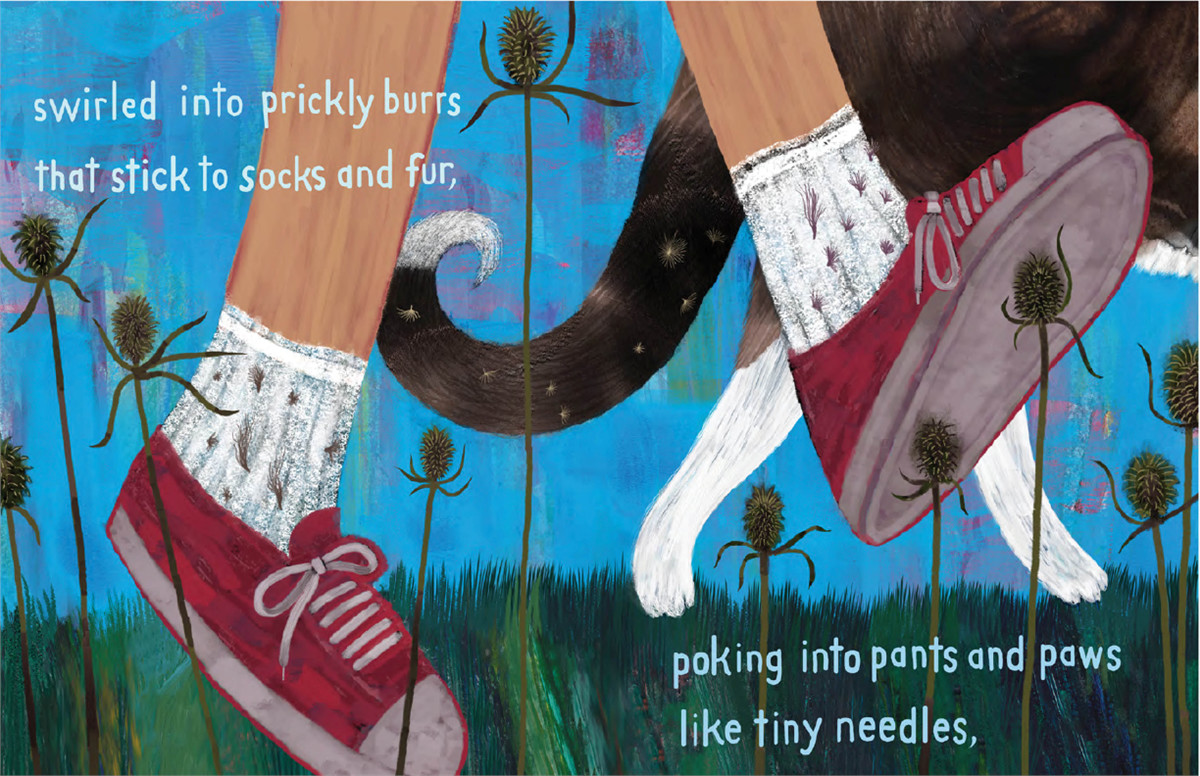
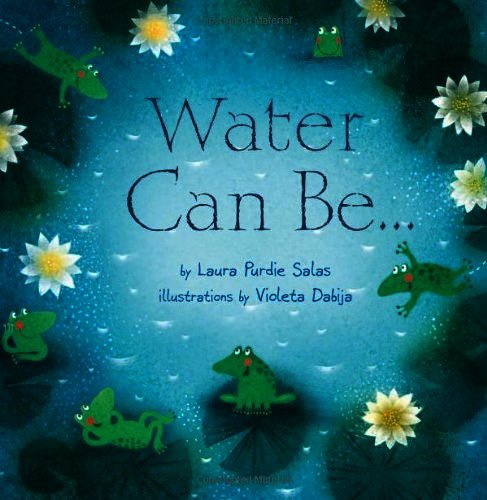
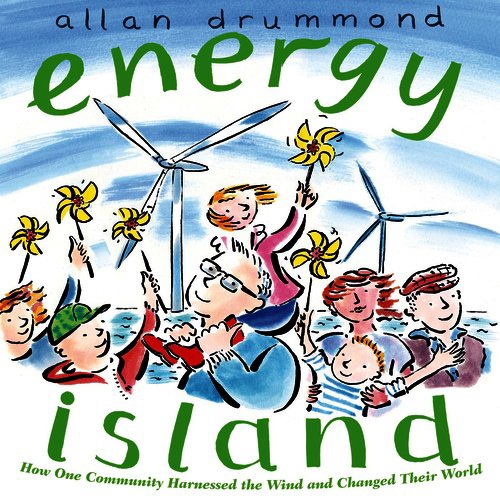
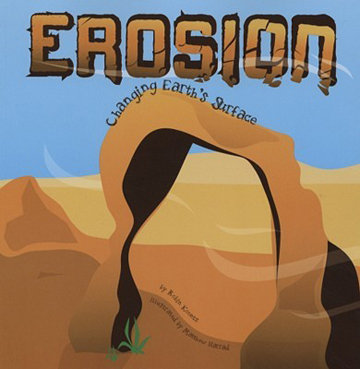

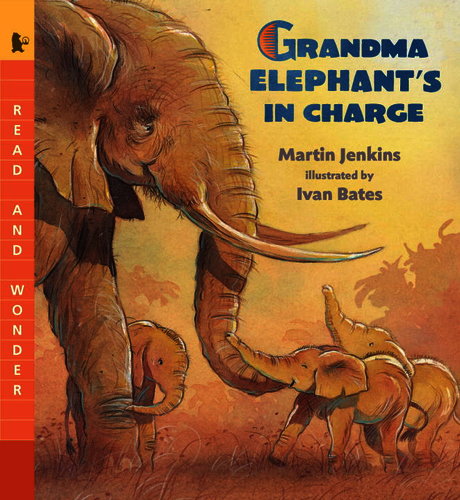
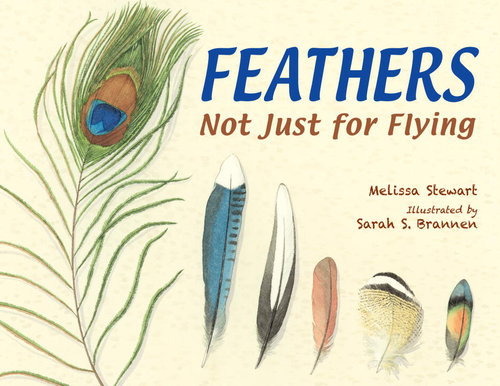

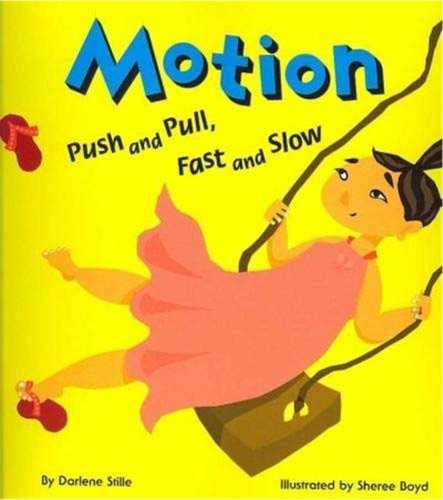
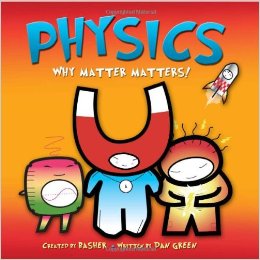
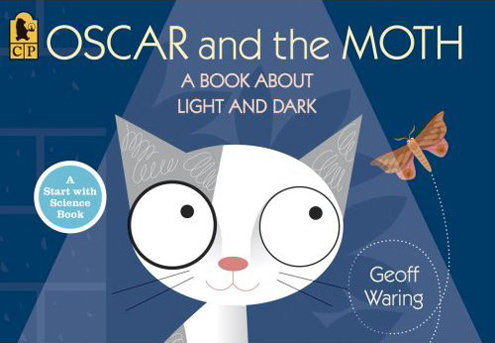




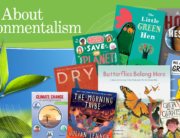

Leave A Comment